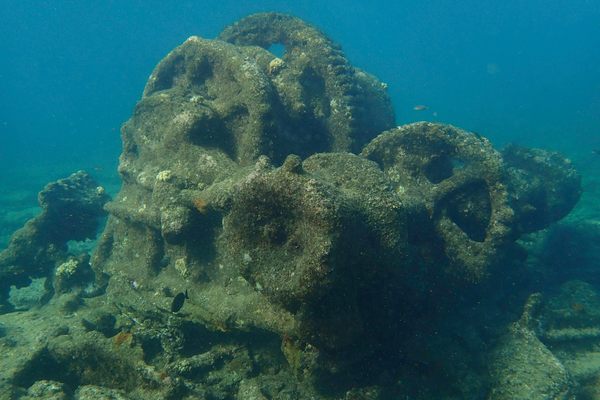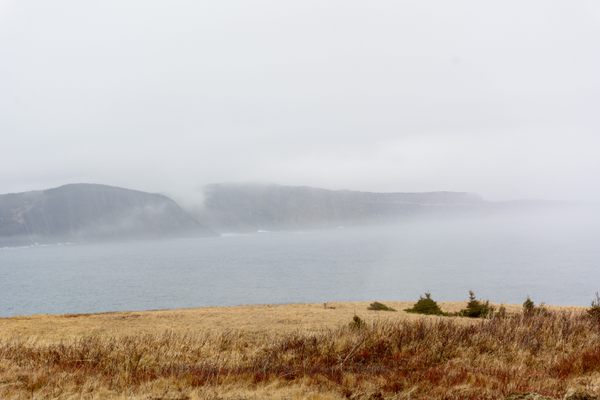Solving the Mysterious Disappearance of Two 18th-Century French Frigates
A lost 1818 newspaper article may be a critical clue.

On March 10, 1788, two majestic French frigates, L’Astrolabe and La Boussole, set sail from Botany Bay, Australia, into the great blue expanse of the Pacific Ocean. Precisely what happened next, however, is a mystery—the ships were never seen again. Two months after leaving Botany Bay, the vessels, captained by explorer Jean-François de Galaup, Comte de La Pérouse, are thought to have wrecked on Vanikoro, an island a little smaller than Cleveland, out between Vanuatu and the Solomon Islands. Some men survived, according to local oral history, and spent the next six months building a two-masted boat. They’re thought to have sailed away, but their fate is unknown.
Researchers at Australian National University (ANU) say that the recent rediscovery of an 1818 Indian newspaper article—about a castaway who spent four years marooned on a different island, hundreds of miles away and decades later—may be the key to understanding what became of the ships’ crews, totaling more than 100 people.
Many books and articles about La Pérouse have asked the same questions, writes ANU researcher Garrick Hitchcock in an article on The Conversation. “Did the vessel even make it out of the Vanikoro lagoon, or was it attacked by locals in canoes? If it did get away, did it founder and sink beneath the waves? Or did the survivors die of thirst or starvation at sea? Or did they again suffer shipwreck elsewhere in the Pacific?”
The 1818 article, originally published in The Madras Courier on December 29, tells the story of the rescue of a shipwrecked Indian sailor named Shaik Jumaul. Jamaul had been on the crew of Morning Star, which wrecked in Torres Strait and left him marooned on tiny Murray Island, some 1,500 miles west of Vanikoro. In his time on the island, the article explains, he fully adopted the local way of life—so much so that the indigenous people who had sheltered him were allegedly devastated to see him go.
He told his rescuers about European artifacts he had seen on the surrounding islands: several muskets, a compass, two cutlasses, and a gold watch. Jumaul asked the islanders how they’d procured these objects and was told that, about 30 years earlier, a large ship had wrecked near the island. “A great number of white men came in their boats from her and fought them,” he said. “Several escaped to the other islands, where they were killed; but a young boy’s life was saved, who lived amongst them a very long time.” These men, it seems, may have been the surviving crew members of L’Astrolabe and La Boussole who sailed away from Vanikoro.
“The chronology fits nicely, for it was 30 years earlier, in late 1788 or early 1789, that the La Pérouse survivors departed Vanikoro in their small vessel,” writes Hitchcock. “Furthermore, historians are not aware of any other European ship in the region at that time.”
But one last mystery does remain, and seems unlikely to ever be solved. The Courier describes the islanders’ sadness when the young man—perhaps the last survivor of La Pérouse’s expedition—disappeared overnight, in a canoe, with two young women. They, also, were never seen again.




















Follow us on Twitter to get the latest on the world's hidden wonders.
Like us on Facebook to get the latest on the world's hidden wonders.
Follow us on Twitter Like us on Facebook